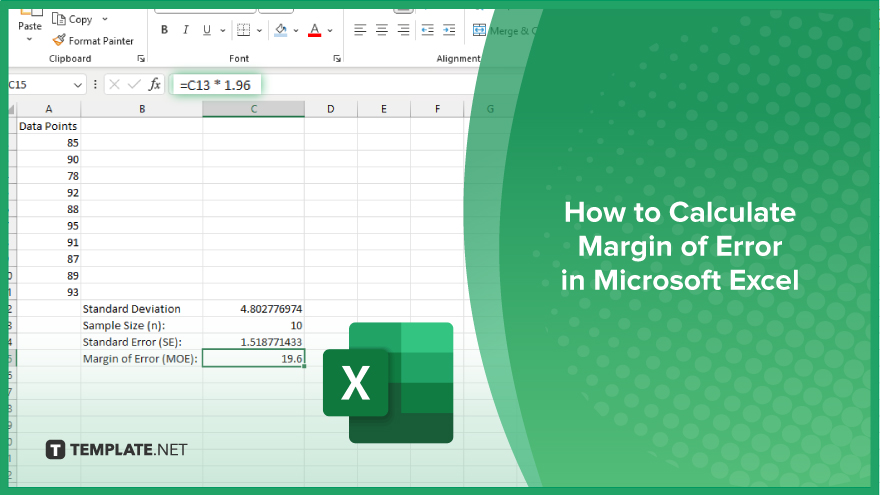
How to Calculate Margin of Error in Microsoft Excel
Microsoft Excel simplifies the process of calculating the margin of error, enabling you to measure the accuracy of your statistical…
Feb 02, 2024
Microsoft Excel, a powerhouse in data management, offers versatile tools for text manipulation. This guide introduces a simple yet effective formula to replace spaces with dashes in Excel, a technique essential for uniform data formatting.
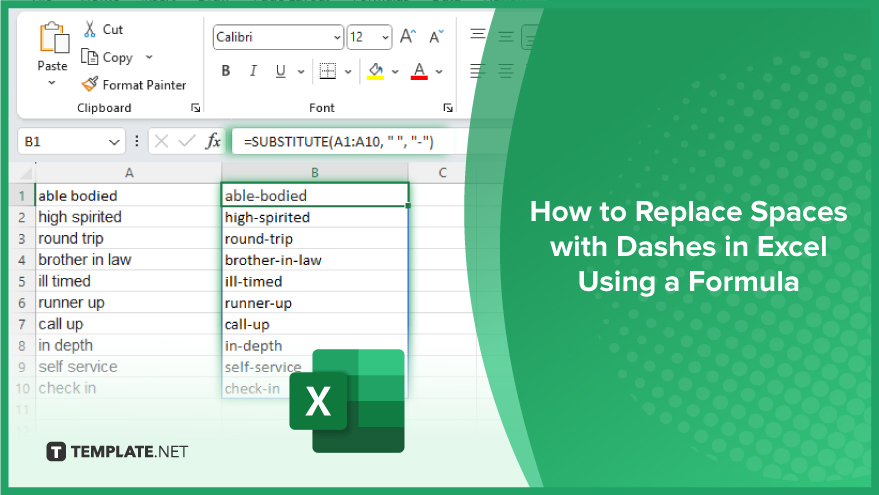
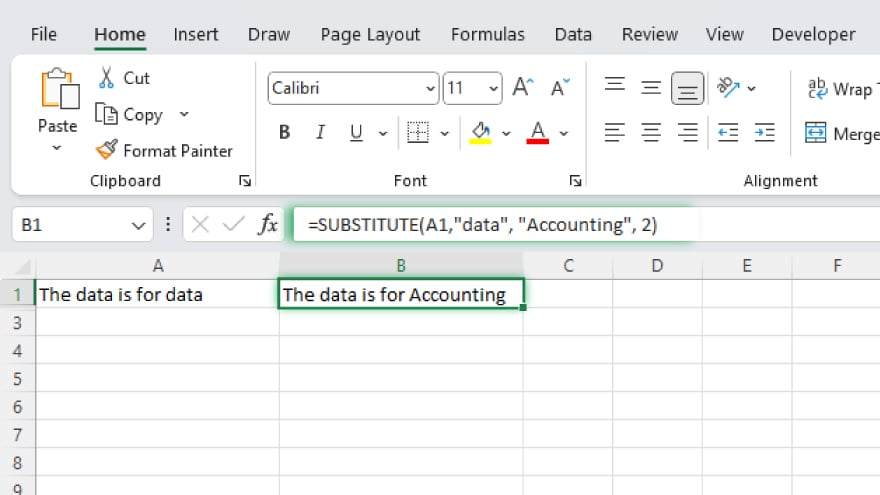
Central to replacing spaces with dashes in Excel is the SUBSTITUTE function. This function is adept at swapping specific text within a text string for your chosen text. The formula structure for SUBSTITUTE is =SUBSTITUTE(text, old_text, new_text, [instance_num]). Here, ‘text’ signifies the original text string, ‘old_text’ is the text you aim to replace, ‘new_text’ is what you’ll replace it with, and ‘instance_num’ is an optional argument that indicates which instance of the old text you wish to replace. If ‘instance_num’ is not specified, every instance of the old text will be replaced with the new text.
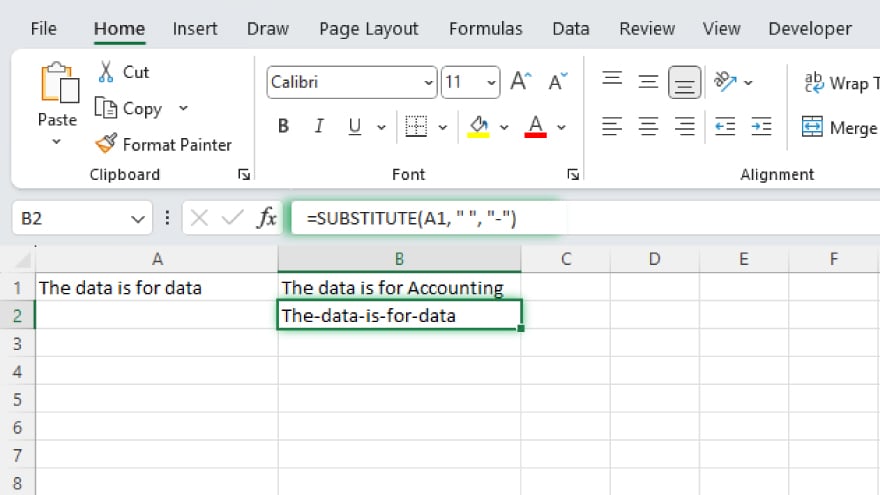
To use the SUBSTITUTE function for replacing spaces with dashes, start by pinpointing the cell with your target text. For instance, if your text is in cell A1, your formula begins with =SUBSTITUTE(A1. You then define the old and new text – in this scenario, the old text is a space (” “) and the new text is a dash (“-“). The formula evolves to =SUBSTITUTE(A1, ” “, “-“). Conclude the formula with a closing parenthesis, making the complete formula to transform spaces into dashes in cell A1 =SUBSTITUTE(A1, ” “, “-“).
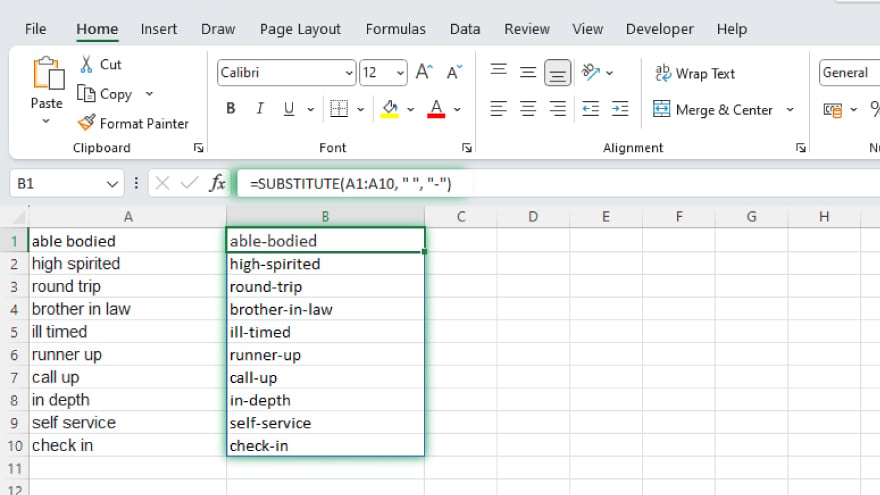
To extend this formula to more cells, Excel’s fill handle is a convenient tool. After inserting the formula in one cell, drag the fill handle (a small square at the cell’s bottom-right corner) across the cells you wish to apply it to. For a broader application, such as affecting cells A1 to A10, employ a range in your formula: =SUBSTITUTE(A1:A10, ” “, “-“). Remember, this produces an array of results, so it requires entering as an array formula. To do this, press Ctrl+Shift+Enter instead of just Enter upon completing the formula.
You may also find valuable insights in the following articles offering tips for Microsoft Excel:
It’s best when you need to standardize text data for consistency or prepare it for systems that don’t accept spaces.
No, the SUBSTITUTE function in Excel can replace any specified text with any other text in a string.
No, SUBSTITUTE replaces one specified text at a time; for multiple replacements, you need to nest SUBSTITUTE functions.
Yes, you can apply the SUBSTITUTE formula to an entire column by dragging the fill handle or applying the formula to a column range.
Yes, if you overwrite the original cells; to retain the original data, apply the formula in a separate column.

Microsoft Excel simplifies the process of calculating the margin of error, enabling you to measure the accuracy of your statistical…
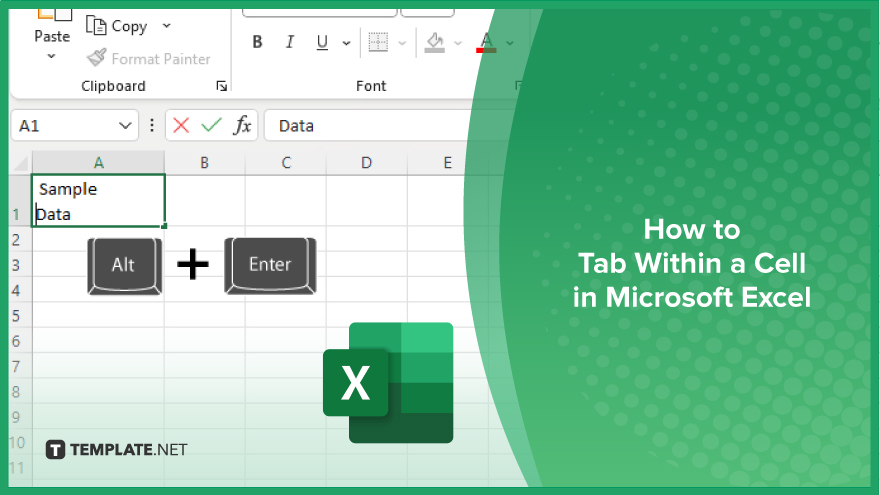
Microsoft Excel users often need to format data within a single cell, and one common requirement is to indent text…
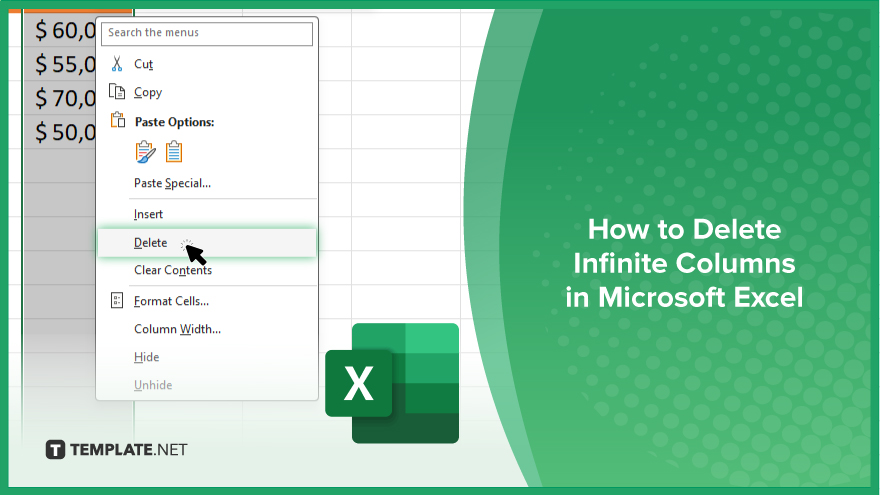
In Microsoft Excel, dealing with infinite columns can be a headache, cluttering your workspace and slowing your workflow.…
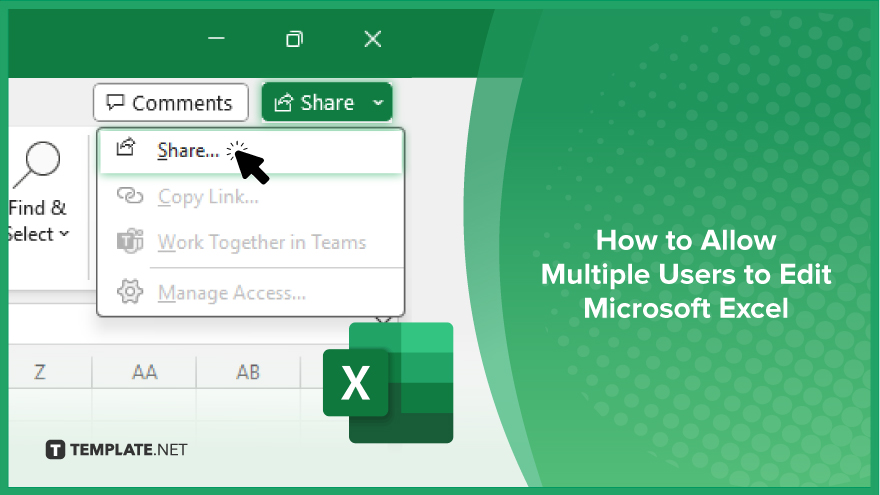
Microsoft Excel revolutionizes teamwork by allowing multiple users to edit spreadsheets simultaneously. This collaborative feature streamlines workflow and boosts productivity…
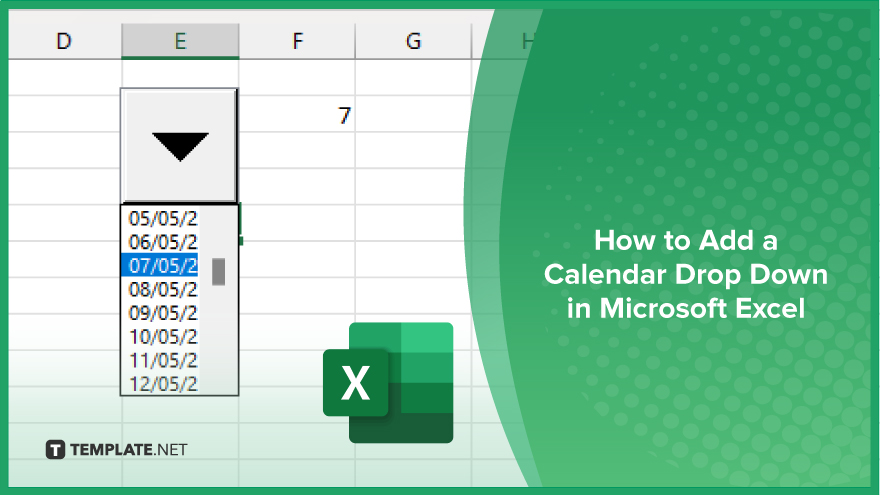
In Microsoft Excel, simplifying data entry just got easier with calendar drop-downs. Learn how to integrate this feature into…
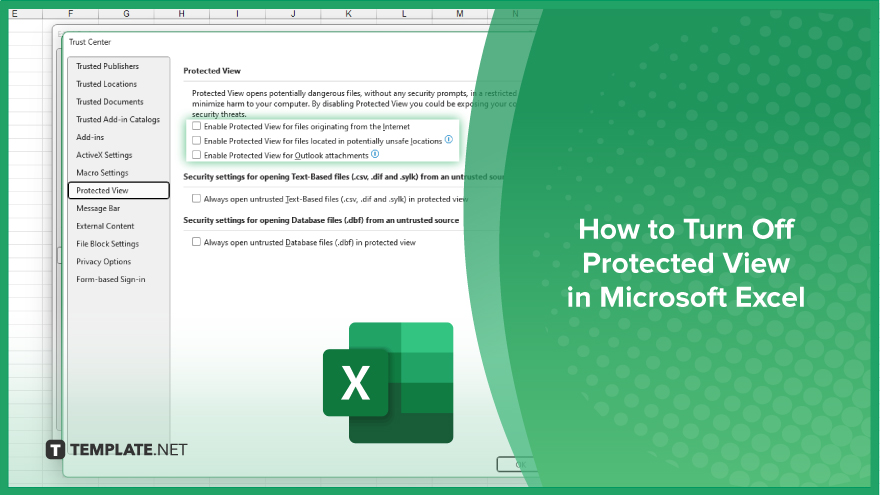
Microsoft Excel users, have you ever encountered the frustration of being unable to edit or interact with a…
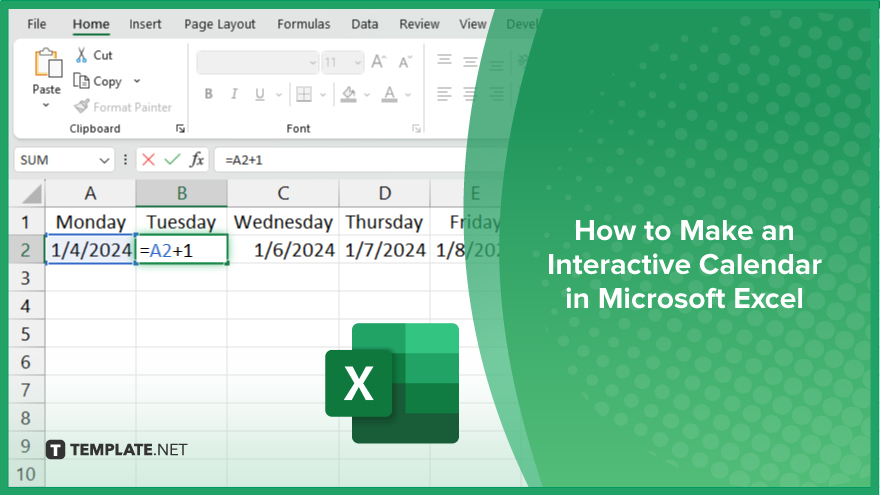
Microsoft Excel is not just for crunching numbers—it can also be transformed into a powerful planning tool by integrating interactive…
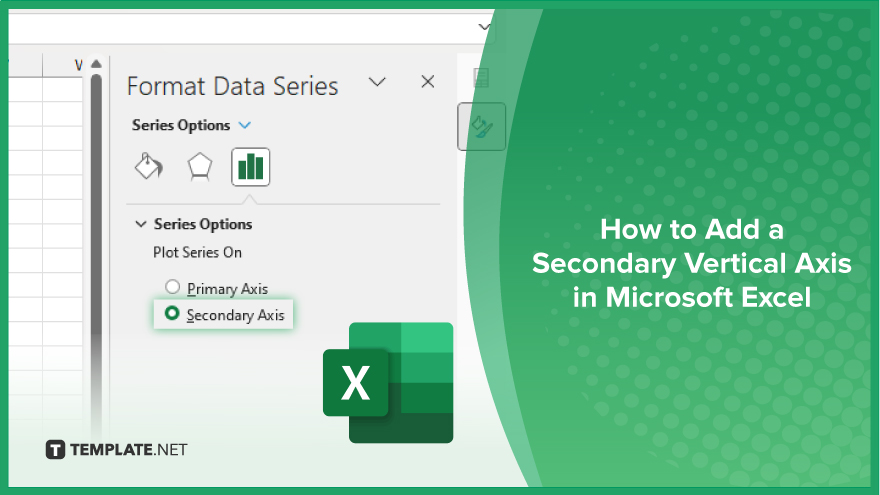
Microsoft Excel users, are you struggling to effectively visualize your data? In this article, we’ll show you how…
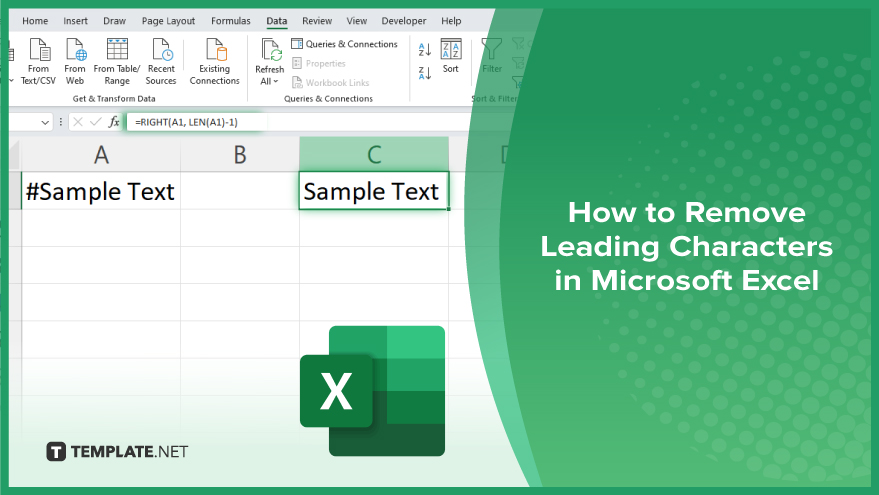
Microsoft Excel provides versatile tools to refine your data, including removing leading characters from cell values. This skill is crucial…